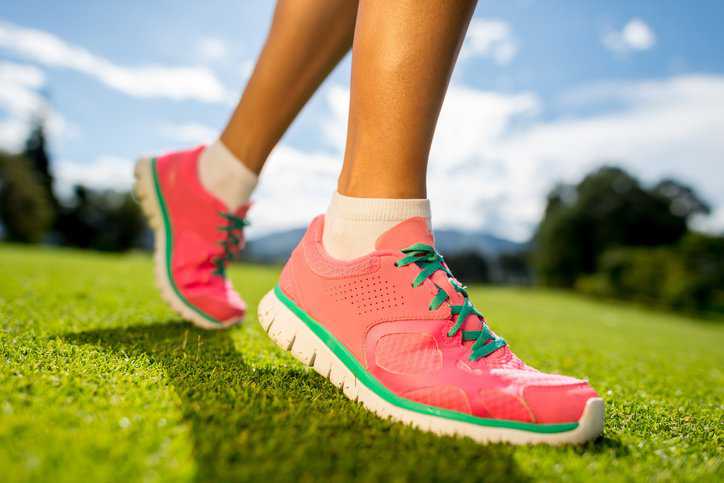Wearing the correct athletic shoes helps serve as a protective measure against possible injuries. Since high-impact activities put a lot of strain on one’s feet, adequate protection is important to help avoid joint discomfort or stress fractures. Footwear is not just about comfort or fashion on the playing field—it is an essential piece of protective equipment. ASTM F39-01(2017): Standard Practice for Fitting Athletic Footwear establishes specifications for fitting athletic footwear.
Importance of Properly Fitting Athletic Footwear
Sports injuries often stem from the pressure exerted on the body during athletic activities, such as from quick pivots and high-impact landings. These activities can strain the musculoskeletal system, particularly the feet. Improperly fitted footwear can cause discomfort, but more importantly, prolonged use causes disfiguration of the bone structure, bunions, corns, callouses, and fatigue, often leading to serious accidents. Footwear performance may also be diminished if improperly fitted. As such, standards like ASTM F39-01(2017) exist to set guidelines for the proper fitting of athletic footwear; it includes specifications for how to properly measure arch length, toe length, foot width, shoe length, shoe width, and more.
What Is ASTM F39-01(2017)?
ASTM F39-01(2017) covers a practical method for fitting athletic footwear. This practice is applicable to the following general flexible types of footwear: running, baseball, basketball, football, and tennis. Depending on the athletic activity as well as the anatomy of the user’s feet, there are many variations in shoe forms and materials available to users.
ASTM F39-01(2017) notes shoe forms are different due to manufacturer’s materials, type of construction, and also the type of activity anticipated in its end use.
The First Sneakers
The first sneakers were called “plimsolls” and were originally worn at beaches in the late 19th century in Britain. Plimsolls, also called “sand shoes,” were made of canvas with rubber soles and thus their original purpose was to walk on sand.
This name arose because the colored horizontal band joining the upper to the sole resembled the Plimsoll line: an internationally agreed-upon reference mark located on a ship’s hull that indicates the maximum depth a vessel may safely immerse when loaded with cargo. Hence, just like the line on a ship, if the water got above the line of the rubber sole, the wearer would get wet.
How Can Proper Sports Shoes Help You Avoid Injuries?
The right athletic shoes serve as guardians for an athlete’s feet, enabling them to perform at their peak and minimize the risk of injury. Here is how proper sports shoes can help you avoid injuries:
- Shock Absorption: Superior athletic shoes incorporate cushioning materials, which lessens the pressure on the feet, ankles, knees, and hips. This helps to avert injuries like shin splints and stress fractures.
- Stability: Athletic shoes give your feet stability, keeping proper alignment and balance during movement.
- Traction: Athletic shoes’ soles are engineered to provide grip, preventing slips and falls on various terrains. (This is particularly important in sports like soccer or trail running.)
- Fit: A shoe that fits well can prevent numerous issues, including blisters, bunions, and problems with toenails.
- Comfort: A shoe with lightweight construction reduces fatigue, allowing for more agile movements.
ASTM F39-01(2017): Standard Practice for Fitting Athletic Footwear is available on the ANSI Webstore.
